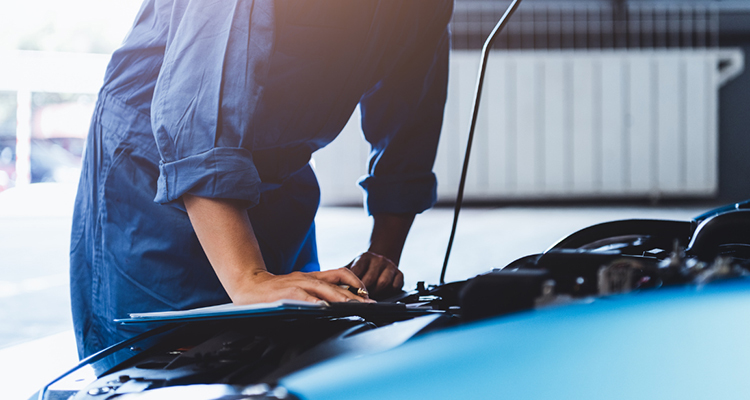
Long road trips are a staple of Canadian summers – where people can finally spend their holidays driving across the country under clear and bright skies. However, these long trips can cause extensive wear-and-tear on your car, leading to costly repairs and maintenance and shorter operating life.
You can minimize the harmful effects a road trip has on your vehicle and prevent any situation requiring emergency roadside assistance by taking your car for a proper post-road trip inspection. To keep your vehicle in its best possible shape, you need to perform several tasks that go beyond the routine maintenance you offer your car.
Here is a short checklist we have prepared for your car after a long summer road trip.
Clean The Interior
Road trips usually involve eating in the car most of the time, especially if you travel with kids who seem to want a snack every two to three hours. That means you’re going to end up with some stains and food crumbs in your car on your road trip, so you will need a vacuum to clean up the mess.
Before vacuuming, don’t forget to take out larger items such as straws, wrappers, bottles, coins, and others. Once this is done, start vacuuming the seats and carpeting to remove dirt and dust – make sure to get every nook and cranny. Eating and drinking in your car means that you are bound to spill something on the floor or a seat, like bbq sauce, ketchup, coffee, or juice stains.
Use the right cleaning products to wash off any stains from the car’s interior without damaging the polish.
Check Your Tire Treads
Once you reach home after a long journey, check your tires for any cracks and damages as they can suffer major wear-and-tear on the road, especially while driving on unpredictable terrain. Worn-out tires can also create traction and stability issues under extreme weather conditions. A low tire depth can minimize your tires’ safety and performance, so you might need to get them replaced.
Apart from this, dust and dirt particles can get stuck on your tires markings resulting in a flat tire on your next drive. Therefore, you should wash your car’s tires using a designated cleaning product to prevent any wheel damage. Ensure that the air pressure level of your wheels is high when you get back home. If not, then take your car to an auto-shop immediately to avoid any punctures.
Oil Change & Refueling
The fuel level of your car can drastically change after a road trip, especially when you are carrying a lot of luggage inside the trunk because the wheels of a heavy vehicle use more fuel throughout the journey. You might need an oil change after your trip. Therefore, we recommend taking your car to a workshop where the mechanic can tell you whether your vehicle needs refueling and oil change.
In case you are not planning to use your car for some time, add a fuel stabilizer to your tank to prevent corrosion while it sits in your shed or garage.
Top Off Your Fluids
People usually check their car’s fluid levels before going on a journey, but it’s good practice to check it afterward too. Ensure that your car’s fluids are not below the recommended level – these fluids include engine oil, coolant, oil, brake fluids, and windscreen wash. This can help you avoid unnecessary breakdowns in the future when you use your car.
Run A Diagnostic Check
Take your car to a mechanic to get a system diagnostic check-up done to determine any potential problems your vehicle may have after a long road trip. Diagnostic tests can reveal issues within your car’s engine, exhaust system, lights, brakes, and other major components, as well as performance issues with the ignition coils, fuel injector, and throttle, etc. – saving you expensive repairs in the long run.
Check Your Battery
Car batteries can be very unpredictable. Therefore you should take your car to an auto shop and check for any issues and ensure it won’t break down due to a dead battery. Most mechanics offer a battery test free of any charges, but you can also buy devices to test your car’s battery yourself. If you have not replaced your battery for some years, consider changing it, so you won’t have to face any problems the next time you use it.
Wash The Exterior
After cleaning the interior and completing all systems check-ups, it’s time to wash your car’s exterior. Much like before the trip, a car wash is important afterward too, to get rid of the dirt, mud, and dust on the exterior. If not removed immediately, it can ruin the paint and finish of your car. So, get that bucket of water and cleaning product ready, and use a sponge to wash off the grime.
Only use those car cleaning products designated for your car to ensure that you are not damaging your vehicle’s paint. Start from the top down and go all the way to the underside of the vehicle. Make sure you remove all the dirt and grease thoroughly, protecting the car’s finish from scratches.
Checking your car before a long drive is important. But checking it after a road trip is equally important. After a long journey, your vehicle is as drained as you are, so getting it checked, cleaned, and undergoing maintenance is necessary. Remember this short car maintenance checklist every time you return after a fun road trip.
About Ontario Towing
Ontario Towing offers reliable and expert roadside assistance services to its customers in Ottawa, Kanata, Orleans, Gloucester, Barrhaven, and surrounding areas. For more information on our services, visit our
website or
contact us today.
Ontario Towing offers top-notch, affordable towing and roadside assistance in Ottawa and beyond. With services from flatbed hauling to long-distance towing, we prioritize secure vehicle recovery and satisfaction throughout the nation’s capital region.
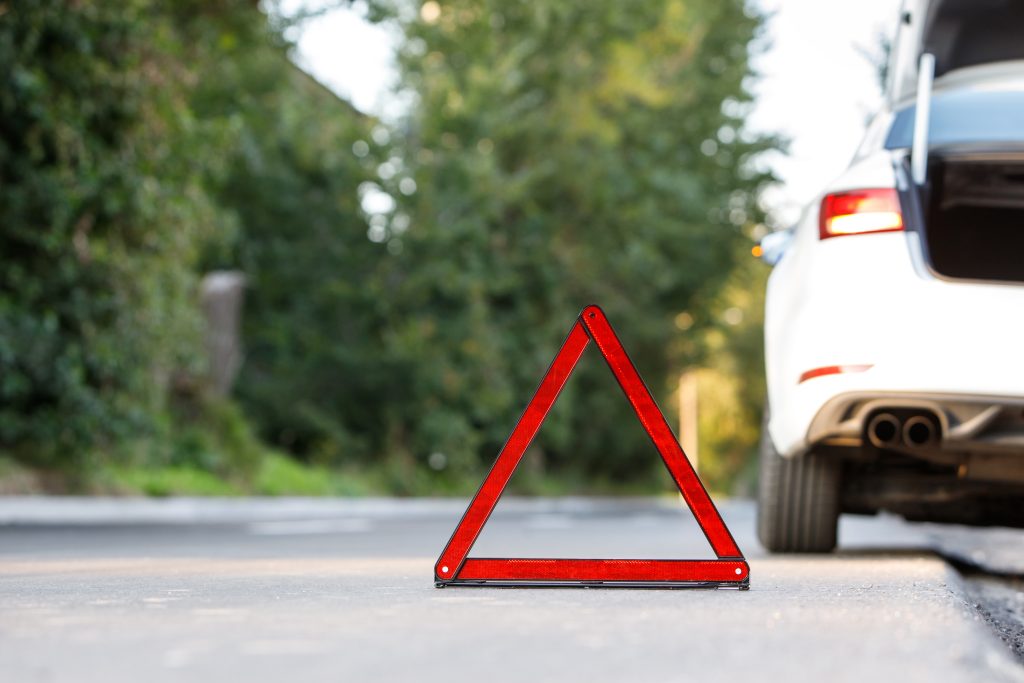 As the capital of Canada, Ottawa is a city teeming with life, culture, and movement. But whether you’re driving past the historic Parliament Hill or cruising alongside the Rideau Canal, roadside safety is of paramount importance. This guide aims to arm both residents and visitors with essential tips and practices to ensure that every journey within Ottawa remains safe and pleasant.
As the capital of Canada, Ottawa is a city teeming with life, culture, and movement. But whether you’re driving past the historic Parliament Hill or cruising alongside the Rideau Canal, roadside safety is of paramount importance. This guide aims to arm both residents and visitors with essential tips and practices to ensure that every journey within Ottawa remains safe and pleasant.
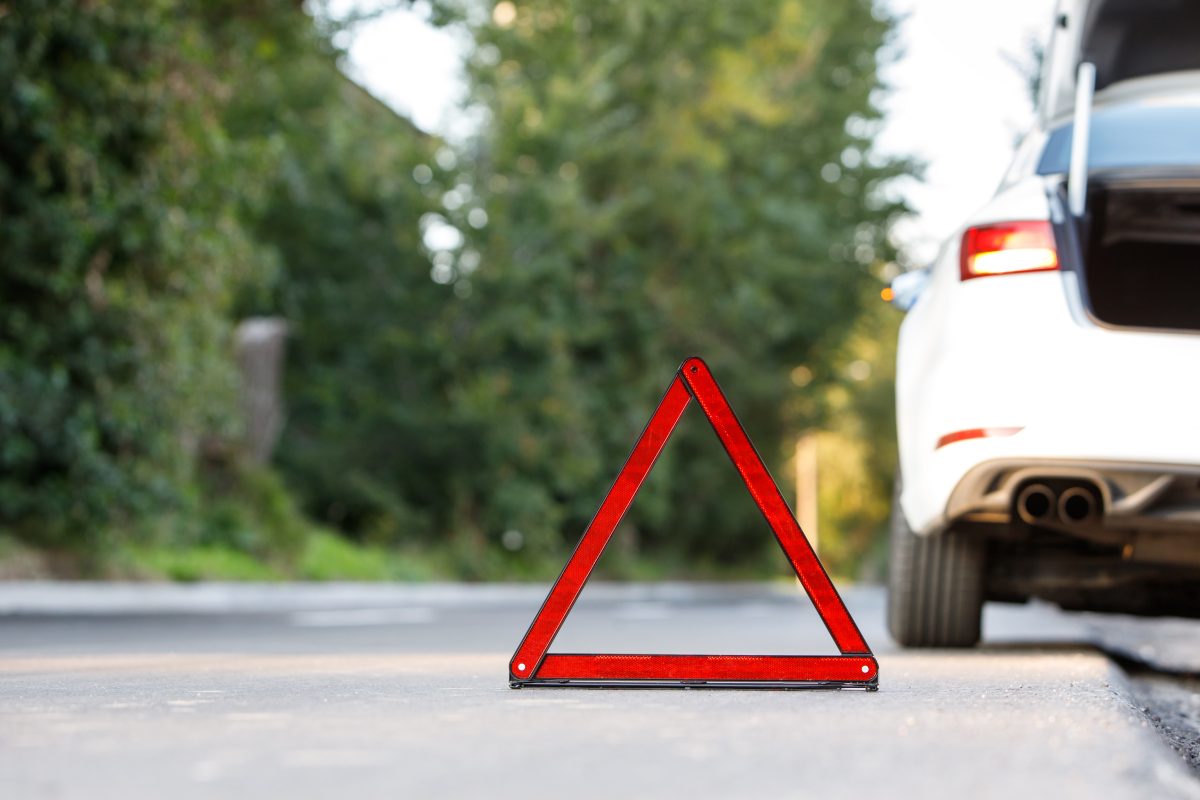
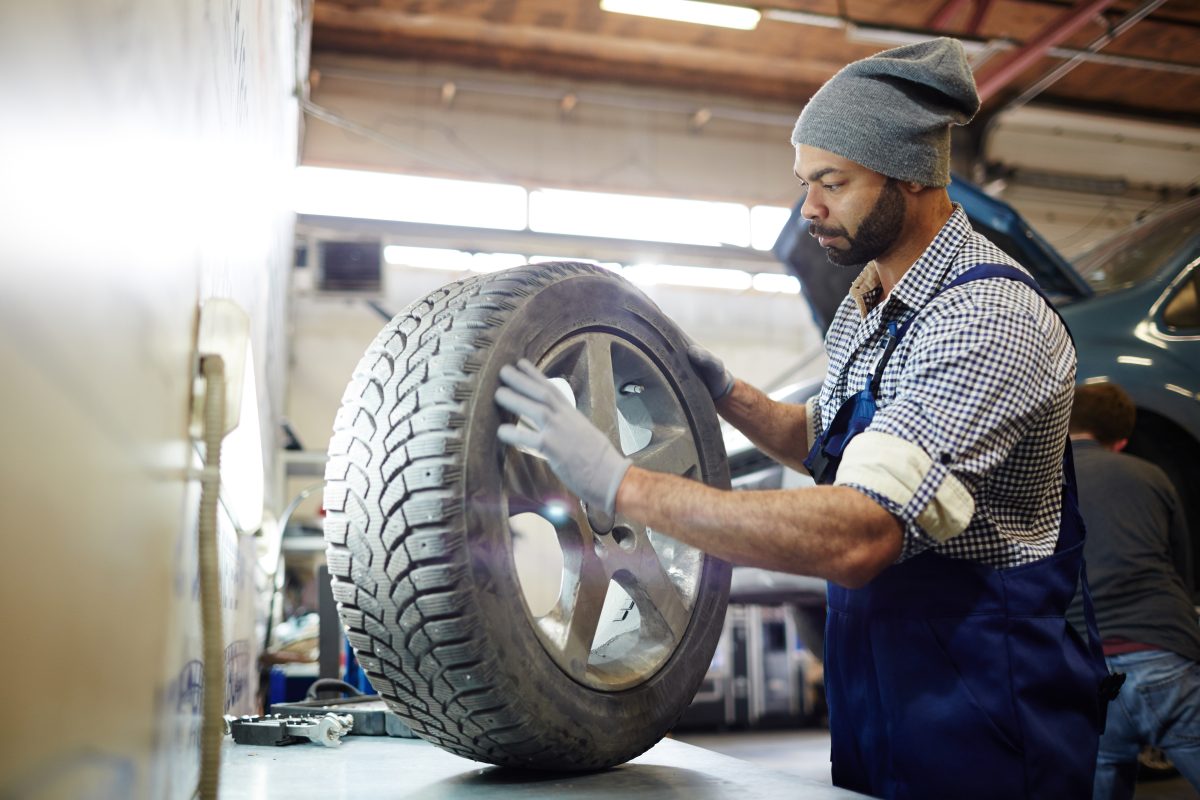
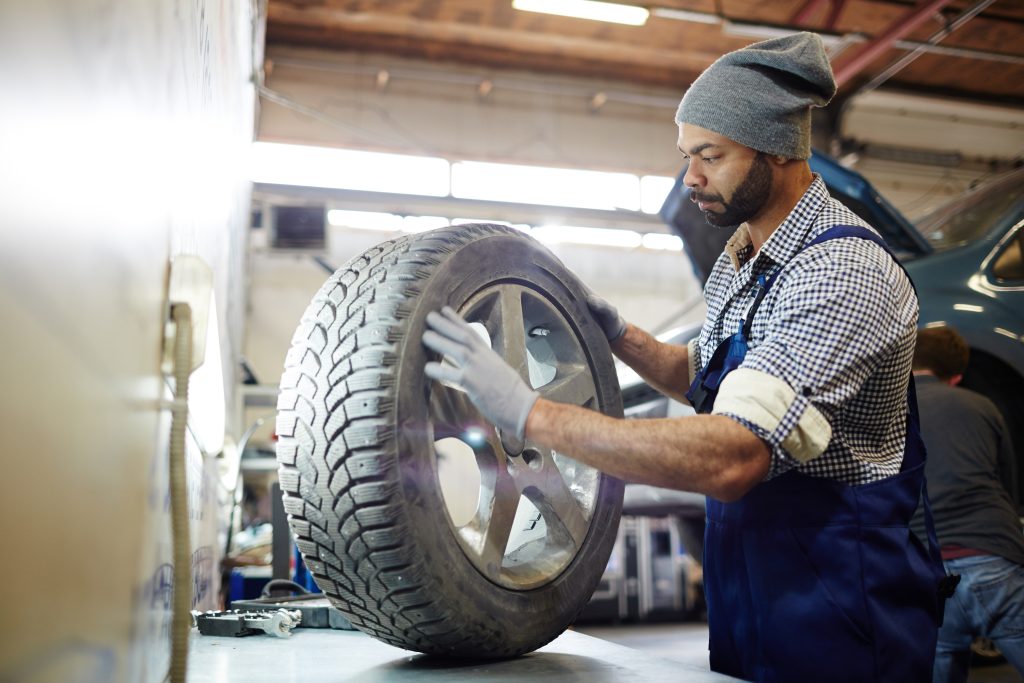 Ottawa, the charming capital of Canada, isn’t just known for its historic landmarks and vibrant culture; it’s also recognized for its diverse weather patterns and sprawling roads. As a car owner in this lively city, ensuring your tires are in top condition is paramount. Thankfully, with the advent of mobile tire services, maintaining your tires has never been more convenient. Here’s why tire safety is crucial and how
Ottawa, the charming capital of Canada, isn’t just known for its historic landmarks and vibrant culture; it’s also recognized for its diverse weather patterns and sprawling roads. As a car owner in this lively city, ensuring your tires are in top condition is paramount. Thankfully, with the advent of mobile tire services, maintaining your tires has never been more convenient. Here’s why tire safety is crucial and how 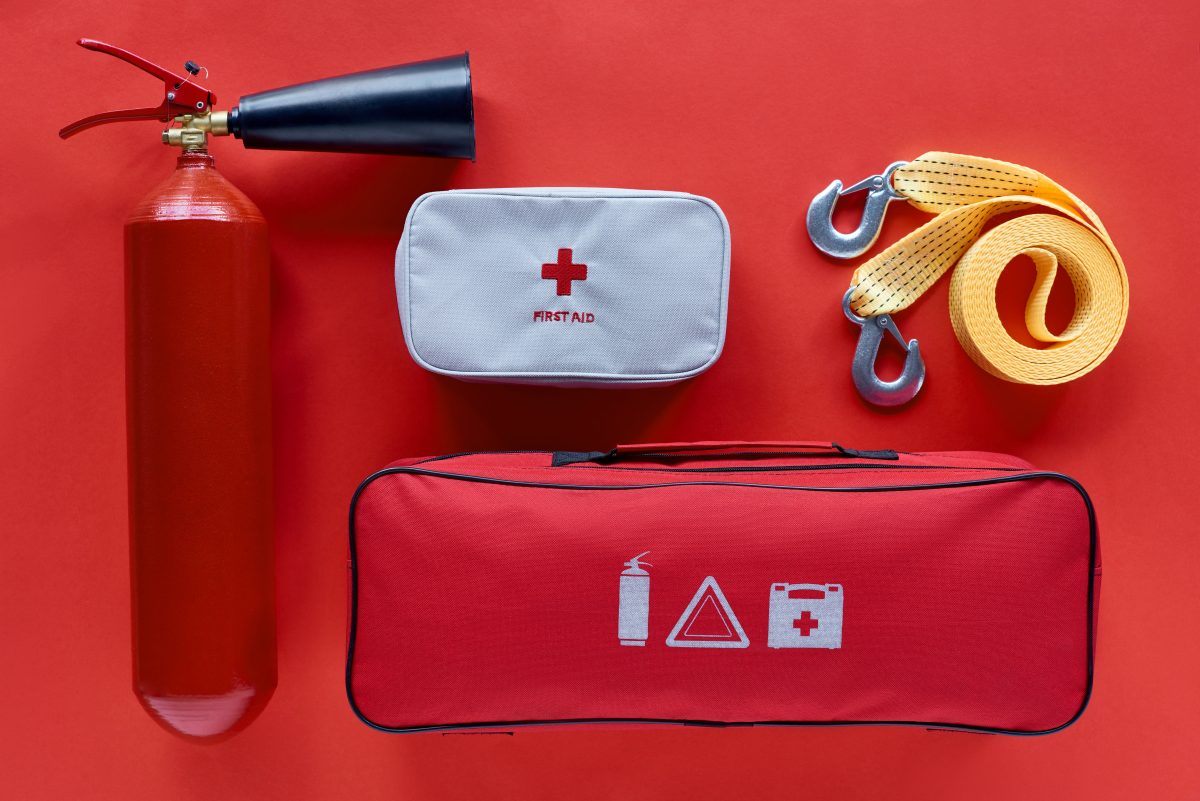
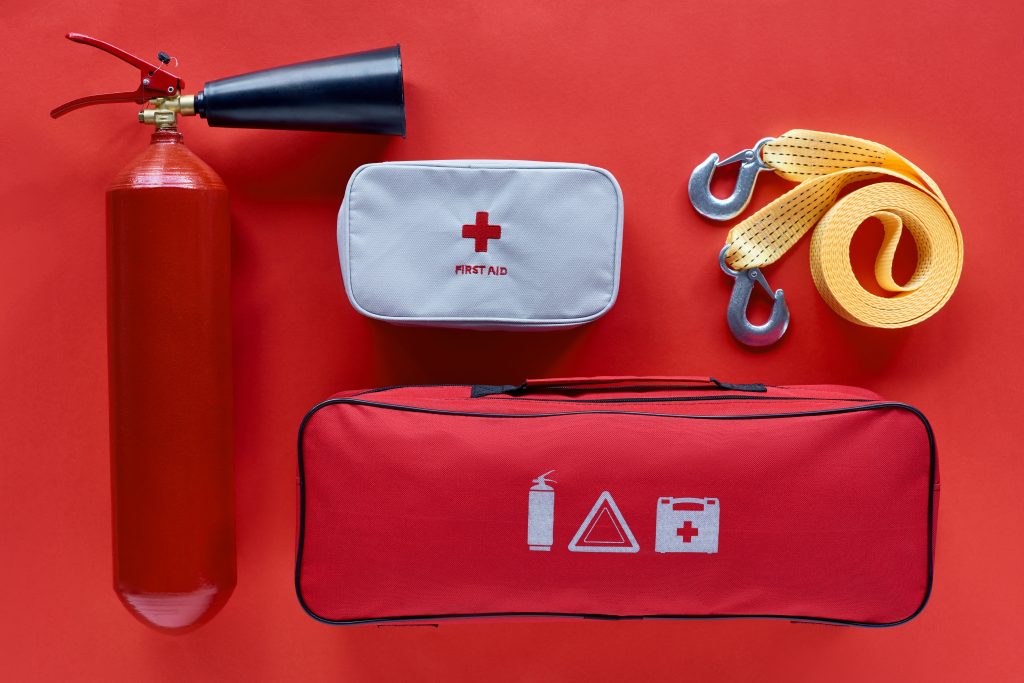 Ottawa, with its mix of urban streets and scenic drives, offers a diverse driving experience. However, the unpredictable nature of Ottawa’s weather, especially during winter, underscores the importance of being prepared for any situation. A well-stocked car emergency kit can be a lifesaver in unexpected situations. Whether you’re stuck in a snowstorm, stranded due to a breakdown, or facing any other unforeseen issue, your kit can help you manage until help arrives. Here’s what you need to pack to ensure your safety and comfort during roadside emergencies in Ottawa.
Ottawa, with its mix of urban streets and scenic drives, offers a diverse driving experience. However, the unpredictable nature of Ottawa’s weather, especially during winter, underscores the importance of being prepared for any situation. A well-stocked car emergency kit can be a lifesaver in unexpected situations. Whether you’re stuck in a snowstorm, stranded due to a breakdown, or facing any other unforeseen issue, your kit can help you manage until help arrives. Here’s what you need to pack to ensure your safety and comfort during roadside emergencies in Ottawa.
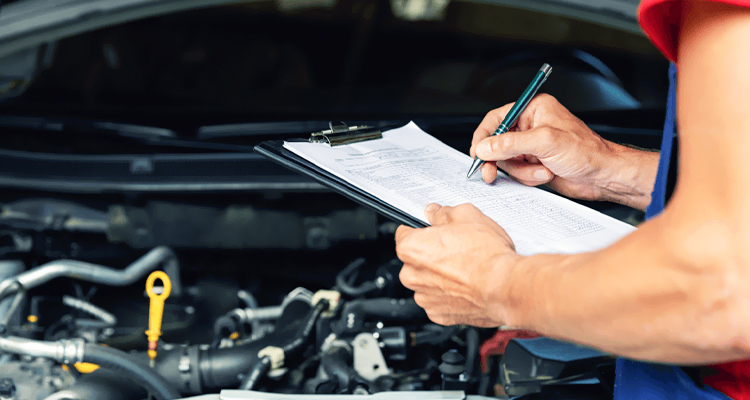
 Dealing with a vehicle breakdown is a dreadful situation that no one likes to find themselves involved in. Your vehicle may break down unexpectedly, causing panic and chaos. A vehicle breakdown can creep up out of nowhere and can spoil all your driving plans in a second.
A major reason for most car breakdowns is that most vehicle owners forget about preventive maintenance, while some are unsure of what needs to be done to keep their vehicle in a decent condition. Therefore, the majority of these vehicle owners end up overlooking basic maintenance. Overlooking the basic maintenance of your vehicle may lead to a vehicle breakdown, especially when you least expect it. Most times, you may even end up waiting on the side of the road for help from a certified towing company.
Also Read:
Dealing with a vehicle breakdown is a dreadful situation that no one likes to find themselves involved in. Your vehicle may break down unexpectedly, causing panic and chaos. A vehicle breakdown can creep up out of nowhere and can spoil all your driving plans in a second.
A major reason for most car breakdowns is that most vehicle owners forget about preventive maintenance, while some are unsure of what needs to be done to keep their vehicle in a decent condition. Therefore, the majority of these vehicle owners end up overlooking basic maintenance. Overlooking the basic maintenance of your vehicle may lead to a vehicle breakdown, especially when you least expect it. Most times, you may even end up waiting on the side of the road for help from a certified towing company.
Also Read: 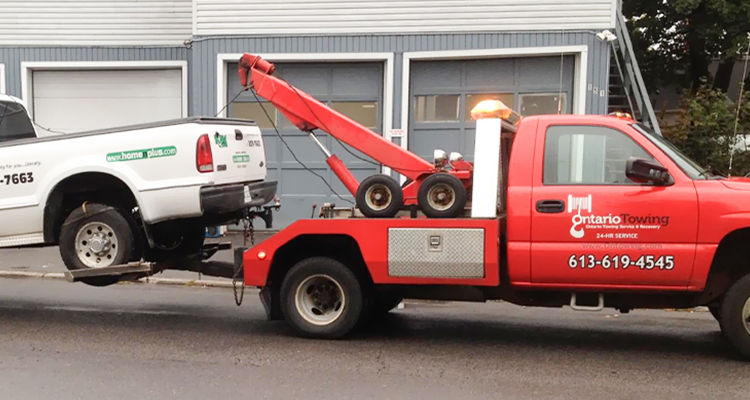
 Nobody ever plans to have a flat tire, overheated engine, or an accident but such is life. No matter how carefully you drive, accidents still happen and vehicles still break down.
In cases like these, a tow truck can come to your rescue. They can tow your car or truck to the service shop or to a safe place. To do the job safely and correctly the towing company you hire should be experienced and have trained staff or they could end up doing more damage than good. Therefore, it is important to
Nobody ever plans to have a flat tire, overheated engine, or an accident but such is life. No matter how carefully you drive, accidents still happen and vehicles still break down.
In cases like these, a tow truck can come to your rescue. They can tow your car or truck to the service shop or to a safe place. To do the job safely and correctly the towing company you hire should be experienced and have trained staff or they could end up doing more damage than good. Therefore, it is important to 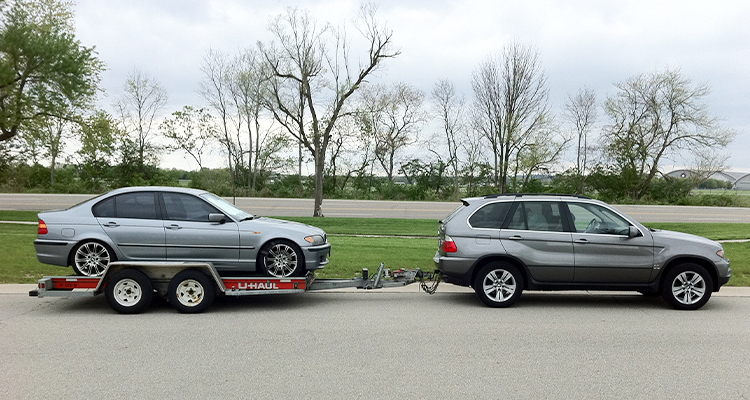



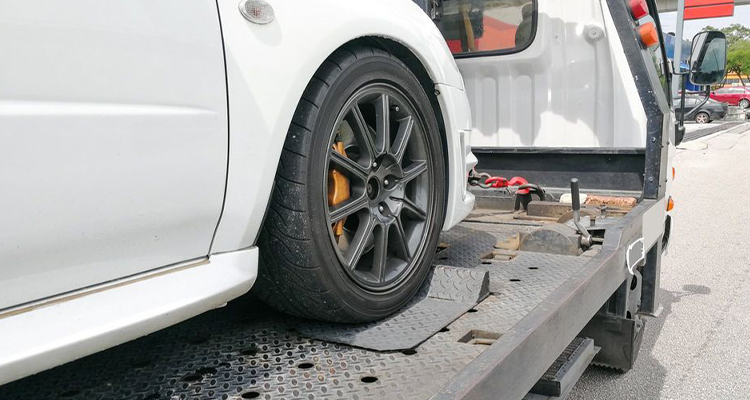
 Have you ever had your car breakdown in the middle of nowhere? In situations like these, your first natural instinct may be to try a bunch of different techniques like
Have you ever had your car breakdown in the middle of nowhere? In situations like these, your first natural instinct may be to try a bunch of different techniques like 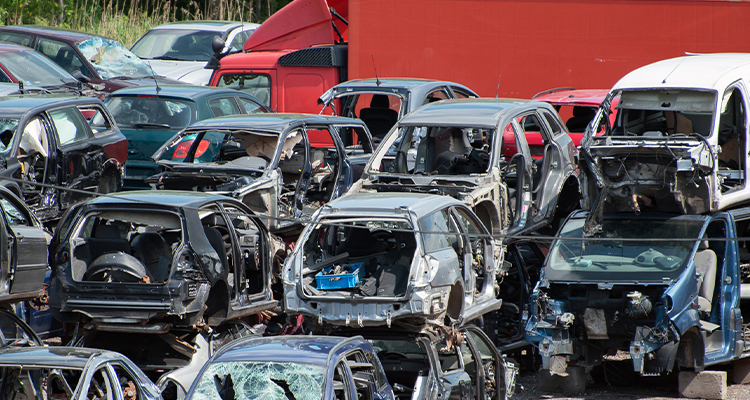
 If you want to get rid of your old car that is turning into a corroded piece of metal, hiring a scrap vehicle service is the right solution for you. Having an old useless car is a drag on your finances and life, plus it takes up so much space which you can utilize for some other purpose. Therefore, it is more convenient, eco-friendly and cost effective to send your car to a vehicle scrap company.
If you are thinking of how a scrap vehicle service can benefit you, read this blog. We have compiled a list of some of the top benefits of hiring a professional vehicle scrap company.
If you want to get rid of your old car that is turning into a corroded piece of metal, hiring a scrap vehicle service is the right solution for you. Having an old useless car is a drag on your finances and life, plus it takes up so much space which you can utilize for some other purpose. Therefore, it is more convenient, eco-friendly and cost effective to send your car to a vehicle scrap company.
If you are thinking of how a scrap vehicle service can benefit you, read this blog. We have compiled a list of some of the top benefits of hiring a professional vehicle scrap company.
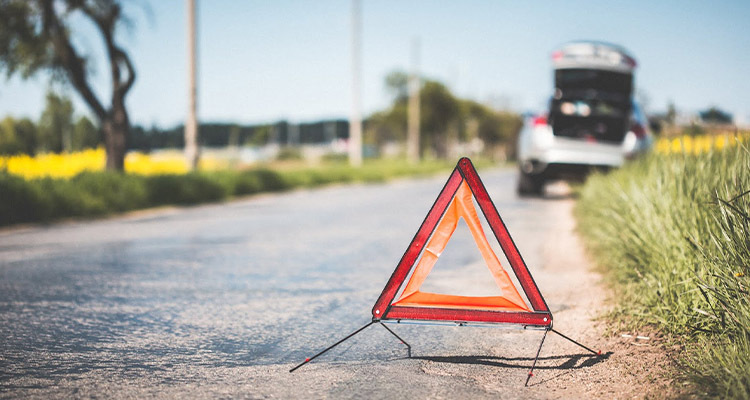
 Driving to school, work, or any other place over a long distance during rush hour every day isn’t very thrilling. However, just when you think that things cannot get any worse, your car suddenly breaks down in the middle of the road. This can happen due to a number of different reasons, such as a flat tire, overheating, a dead battery, or even a minor accident. You must keep a few things in mind to ensure a stress-free and safe
Driving to school, work, or any other place over a long distance during rush hour every day isn’t very thrilling. However, just when you think that things cannot get any worse, your car suddenly breaks down in the middle of the road. This can happen due to a number of different reasons, such as a flat tire, overheating, a dead battery, or even a minor accident. You must keep a few things in mind to ensure a stress-free and safe 
 Long road trips are a staple of Canadian summers – where people can finally spend their holidays driving across the country under clear and bright skies. However, these long trips can cause extensive wear-and-tear on your car, leading to costly repairs and maintenance and shorter operating life.
You can minimize the harmful effects a road trip has on your vehicle and prevent any situation requiring emergency roadside assistance by taking your car for a proper post-road trip inspection. To keep your vehicle in its best possible shape, you need to perform several tasks that go beyond the routine maintenance you offer your car.
Here is a short checklist we have prepared for your car after a long summer road trip.
Long road trips are a staple of Canadian summers – where people can finally spend their holidays driving across the country under clear and bright skies. However, these long trips can cause extensive wear-and-tear on your car, leading to costly repairs and maintenance and shorter operating life.
You can minimize the harmful effects a road trip has on your vehicle and prevent any situation requiring emergency roadside assistance by taking your car for a proper post-road trip inspection. To keep your vehicle in its best possible shape, you need to perform several tasks that go beyond the routine maintenance you offer your car.
Here is a short checklist we have prepared for your car after a long summer road trip.
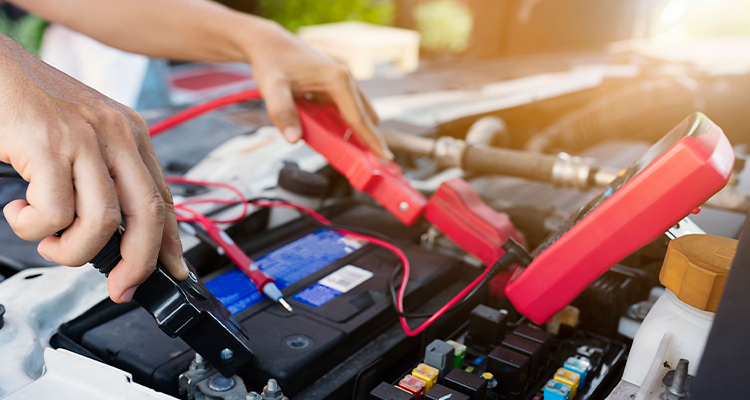

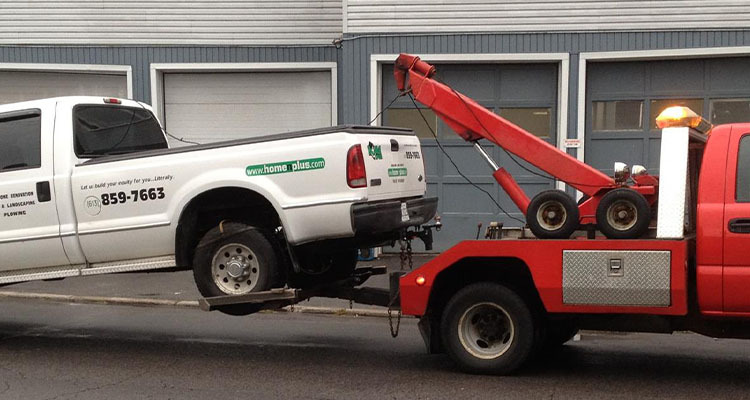
 When driving in Ottawa, if your car suddenly stops functioning due to a mechanical or any other issue, it’s undoubtedly an increasingly stressful experience. A vehicle-related failure can happen to anyone at any time. What matters is that you choose a reliable towing company while you’re waiting for quick roadside assistance.
But how can you know if your potential tow truck company can tow or transport your car safely and timely? Certain qualities set qualified vehicle recovery and towing firms apart from unprofessional ones. When selecting a dependable and affordable towing specialist, be sure to ask them some relevant questions.
The following are essential questions you should ask when hiring a towing company in Ottawa:
When driving in Ottawa, if your car suddenly stops functioning due to a mechanical or any other issue, it’s undoubtedly an increasingly stressful experience. A vehicle-related failure can happen to anyone at any time. What matters is that you choose a reliable towing company while you’re waiting for quick roadside assistance.
But how can you know if your potential tow truck company can tow or transport your car safely and timely? Certain qualities set qualified vehicle recovery and towing firms apart from unprofessional ones. When selecting a dependable and affordable towing specialist, be sure to ask them some relevant questions.
The following are essential questions you should ask when hiring a towing company in Ottawa: